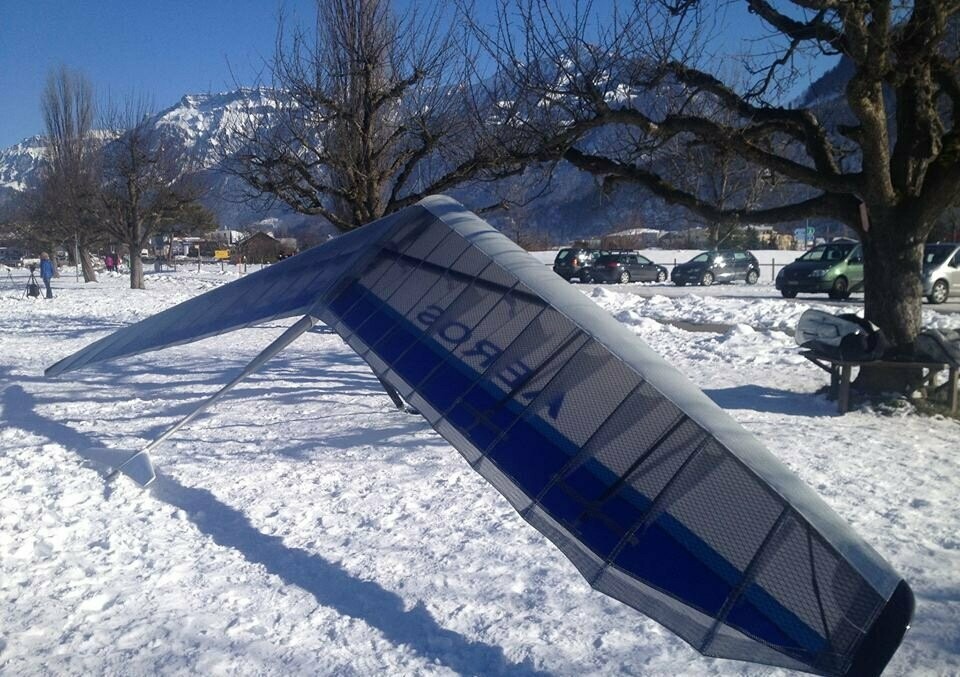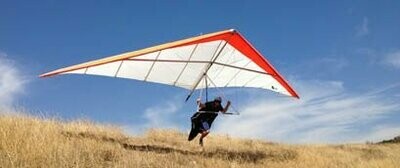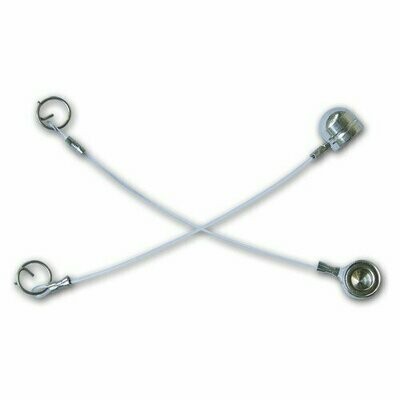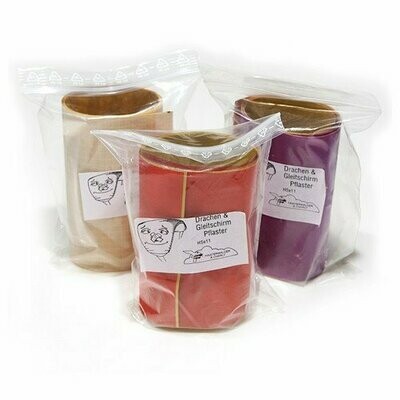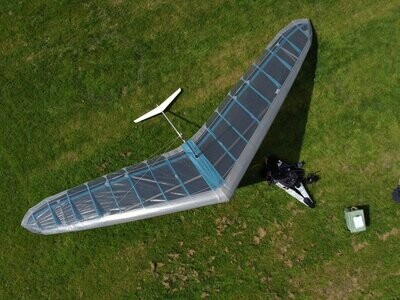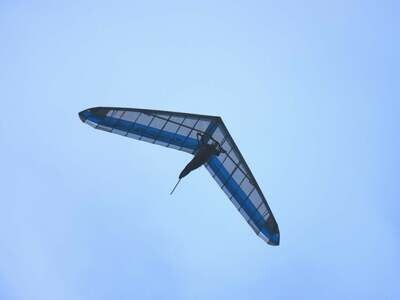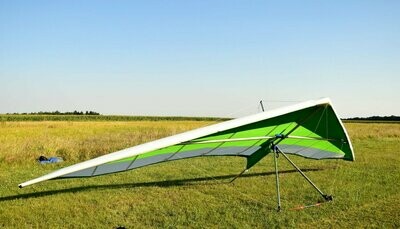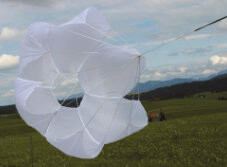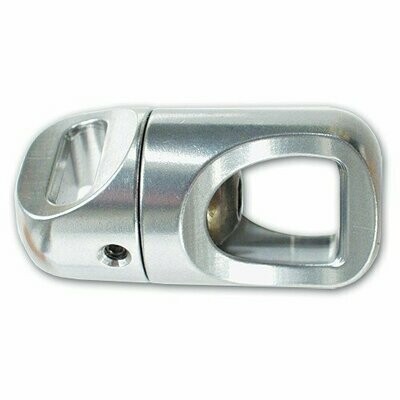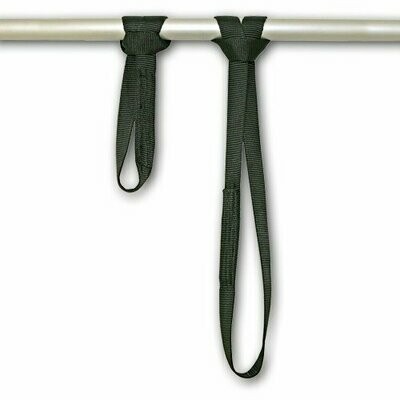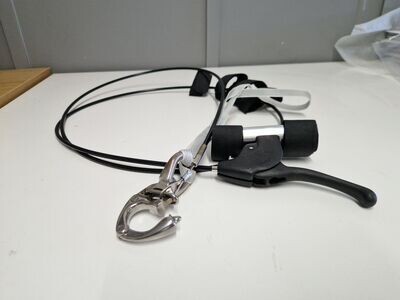Aeros Combat C
Aeros Combat C - top competition glider
We are glad to announce a serial production of Combat C competition glider.
More and more top competition pilots are choosing the Combat C. The results speak for themselves!
Glider overview
The first thing that would impress you upon the arrival of your glider from the factory in a box is its transportation possibilities. The glider is very easy to break down to 3.5 meters package just by taking the outer LE off it. This must be the shortest package of a topless glider on the market. And it is light. Really light. Short pack together with its light weight (in lightest modification it is 31 kg without bags for 12.7C and 32 kg for 13.5C) makes it very easy to transport with airlines as a hand luggage without taking the glider apart or taking a sail off the glider. The leading edge consists of three tubes, this makes it really good for replacement in case of damage. For the further weight reduction Combat C has not only carbon fiber main and outer sprogs but also Dynema sprog cables. Another modification of Combat C - Combat C Swiss edition has stiff and light weight Swiss made cross beams, together with the carbon fiber light weight central unit of the cross bar. Most of these features are unique on the hang gliding market nowadays.
Now a few words about flying characteristics. The most remarkable feature of a Combat C is its incredibly good climbability, it simply climbs better than the others, and it is just like a hot air balloon would bring you all the time on top of most dense gaggles. The new innovative airfoil makes a really huge improvement on climb. Such an airfoil was possible to achieve due to the elliptical shape of the carbon leading edge tubes tapered along their entire length all the way towards the end of the tubes. Now we received the profile close to that of a sailplane, which immediately showed its advantage at climb and in stall speed.Not only climb characteristics are improved with this profile, but even take off and landing became much easier.
The glider is very easy to fly and effortless to control, nice coordination without even a sign of adverse yaw – this is a remarkable feature compared to our previous gliders. Light bar pressure all the way up to 80 km/h, after that it is increasing progressively.
Another huge advantage is that the glider absorbs turbulence and it does not feel in the air that turbulent if compared to flying any other glider. This allows to feel the air much better and search for the lift more efficiently. Carbon elliptical leading edge tubes are less rigid vertically, that’s why they damp vertical air turbulence similar to long wings of an open class sailplane.
Gliding is not that much special in calm air but as soon as you get an influence from thermal activity the glider starts to glide very well, quite often arriving to the next thermal higher than most of the others.
Combat C is the glider with high aspect ratio, so the horizontal stabilizer is required to fly it safely and efficiently. New generation of stabilizers is very light, you do not feel it in the air at all, but together with the glider’s new advanced airfoil it gives a visible advantage on glide in turbulent air. This year we have made a stabilizer even lighter with more compact shape allowing to store it much easier.
A great advantage which makes you fly really relaxed in rather nasty conditions is that you can have the sprogs setting exactly within the tolerance range of the certified configuration. There is no reason to go any lower with settings. The glider feels very nice in the air, entering and leaving thermals is very different to a tailless glider. It does not pitch up when entering a strong lift; you do not have to hold the speed bar from going forward. It is the same feeling when leaving a strong lift. The glider does not pitch down also. The whole flight is very relaxed. When pilots are talking about rough air, it is hardly possible to believe the air was rough at all, so smoothly the glider floats in the air.
Technical data
| Combat C |
12.4 |
12.7 |
13.5 |
| Sail area, sq.m. (sq.ft.) |
12.4 (134) |
12.7 (137) |
13.5 (145) |
| Wing span, m (ft.) |
10.00 (33) |
10.35 (34) |
10.70 (35) |
| Aspect ratio |
8.05 |
8.40 |
8.50 |
| Nose angle, ° |
129-131 |
129-131 |
129-131 |
| Weight (without bags), kg (lb) |
30.5 (67) |
31.0 (68) |
32.0 (70) |
| Number of upper sail battens |
24 |
24 |
24 |
| Number of bottom sail battens |
6 |
6 |
6 |
| Breakdown length, m (ft) |
3.4/5.6 (11.2/18.4) |
3.5/5.8 (11.5/19.0) |
3.6/5.9 (11.8/19.3) |
| Tested load, G |
+6 / -3 |
+6 / -3 |
+6 / -3 |
| Vmin with rec. pilot clip-in weight, km/h (mph) |
31-32 (19-20) |
31-32 (19-20) |
30-31 (18-19) |
| Vmax with rec. pilot clip-in weight, km/h (mph) |
110+ (68+) |
110+ (68+) |
110+ (68+) |
| Recom. pilot clip-in weight, kg (lb) |
75-85 (165-187) |
85-95 (187-209) |
100-105 (220-231) |
| Pilot clip-in weight, kg (lb) |
65-85 (143-187) |
80-100 (176-220) |
90-110 (198-243) |
